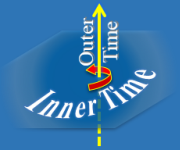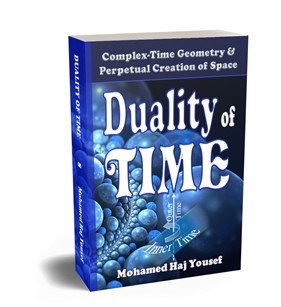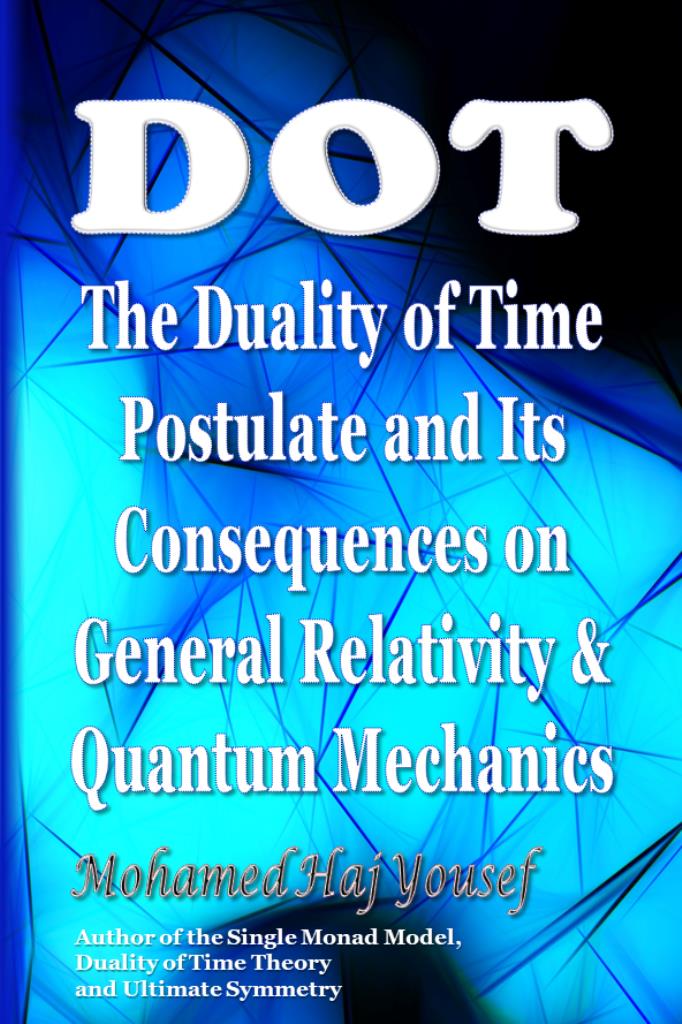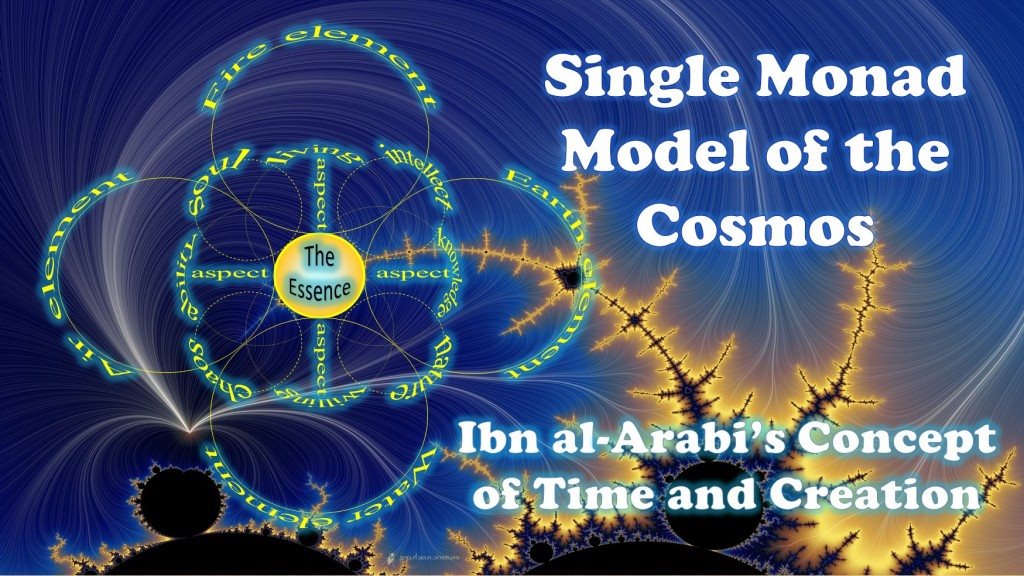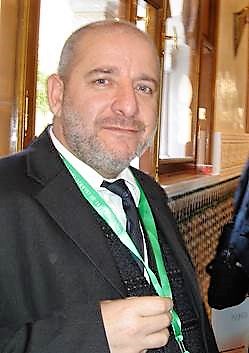II.3.1 Super Symmetry and Super Space
Super symmetry is one of the preferred methods for
extending the Standard Model by adding another class of symmetries that
exchange fermionic particles with bosonic ones. This predicts the existence of
super symmetric particles, abbreviated as sparticles, which include the
sleptons, squarks, neutralinos and charginos. Each particle in the Standard
Model would have a super partner whose spin differs by from
the ordinary particle. If the super symmetry is perfectly unbroken, each pair
of super partners would share the same mass and internal quantum numbers
besides spin. However, if that was the case, we would expect to find these
super partners using present-day equipment, but the fact is that all efforts in
trying to detect them have been disappointing so far. Therefore, it is
currently believed that if super symmetry exists then it consists of a
spontaneously broken symmetry allowing super partners to differ in mass. Due to
this breaking of super symmetry, the sparticles could be much heavier than
their ordinary counterparts; they are so heavy that existing particle colliders
may not be powerful enough to produce them. The reason why super symmetry is still
supported by physicists is that the current theories are known to be incomplete
and their limitations are well established. The first runs of the LHC found no
previously-unknown particles other than the Higgs boson.
Super symmetry, often abbreviated as SUSY, provides an
elegant solution to most of the major problems mentioned above. For example,
the hierarchy problem in gauge theory will cease because the quadratic
divergences of all orders will cancel out in perturbation theory. In the
Standard Model, the electroweak scale receives enormous Planck-scale quantum
corrections. The observed hierarchy between the electroweak scale and the
Planck scale must be achieved with extraordinary fine tuning. In a super
symmetric theory, Planck-scale quantum corrections cancel between partners and
super partners. Additionally, in the current model, the weak, strong and
electromagnetic couplings fail to unify at high energy, which is preventing the
expected Grand Unification between these fundamental interactions, whereas
super symmetry introduces some modifications on the running of the gauge
couplings that lead to precise high-energy unification of the gauge couplings.
The modified running also provides a natural mechanism for radiative
electroweak symmetry breaking. The first realistic super symmetric version of
the Standard Model, which is known as the Minimal super symmetric Standard
Model, was proposed in 1977 by Pierre Fayet.
Super symmetric Quantum Field Theory is often much easier
to analyze, as many more problems become mathematically tractable. When super
symmetry is imposed as a local symmetry, Einstein s theory of General
Relativity is included automatically, and the result is said to be a theory of
super gravity.
One reason that physicists explored super symmetry is
because it offers an extension to the more familiar symmetries of Quantum Field
Theory. These symmetries are grouped into the Poincar group, since internal
symmetries and the Coleman Mandula theorem showed that under certain
assumptions, the symmetries of the S-matrix must be a direct product of the
Poincar group with a compact internal symmetry group, or if there is no mass
gap, the conformal group with a compact internal symmetry group. In 1971 Golfand
and Likhtman were the first to show that the Poincar algebra can be extended
through introduction of four anti-commuting spinor generators (in four
dimensions), which later became known as supercharges. in 1975 the
Haag-Lopuszanski-Sohnius theorem analyzed all possible super-algebras in the
general form, including those with an extended number of the super-generators
and central charges. This extended super Poincar algebra paved the way for
obtaining a very large and important class of super symmetric field theories.
Traditional symmetries of physics are generated by objects
that transform by the tensor representations of the Poincar group and internal
symmetries. super symmetries, however, are generated by objects that transform
by the spin representations. According to the spin-statistics theorem, bosonic
fields commute while fermionic fields anti-commute. Combining the two kinds of
fields into a single algebra requires the introduction of a -grading
under which the bosons are the even elements and the fermions are the odd
elements. Such an algebra is called a Lie super-algebra.
Therefore, it is possible to have more than one kind of
super symmetry transformation. Theories with more than one super symmetry
transformation are known as extended super symmetric theories. The more super
symmetry a theory has, the more constrained are the field content and
interactions. Typically the number of copies of a super symmetry is a power of
2, i.e. 1, 2, 4, 8. In four dimensions, a spinor has four degrees of freedom
and thus the minimal number of super symmetry generators is four, in four dimensions,
and having eight copies of super symmetry means that there are 32 super
symmetry generators, which is the maximal number of super symmetry generators.
This corresponds to an super
symmetry theory. Theories with 32 super symmetries automatically have a
graviton, or massless fields with spin greater than 2. It is also possible to
have super symmetry in dimensions other than four.

